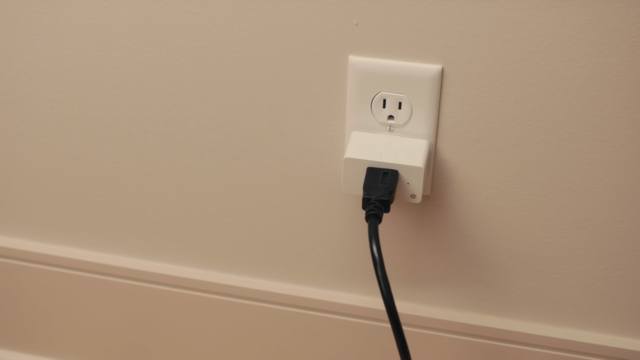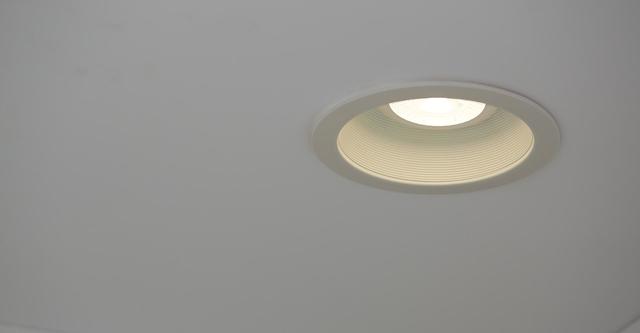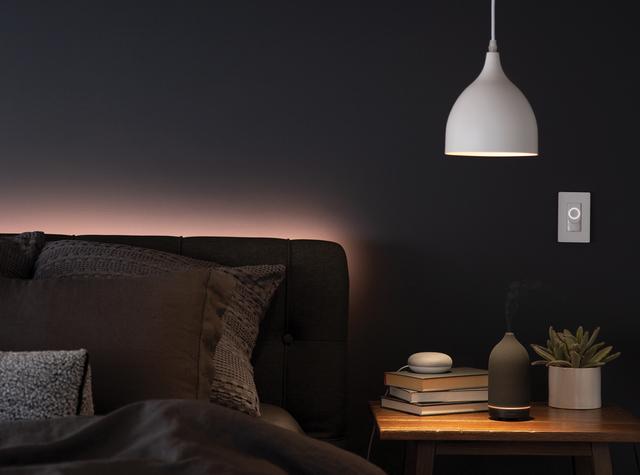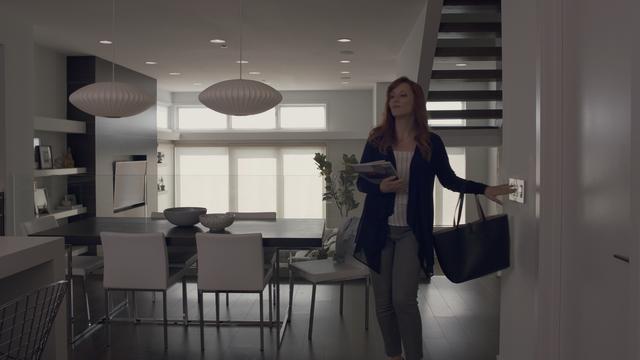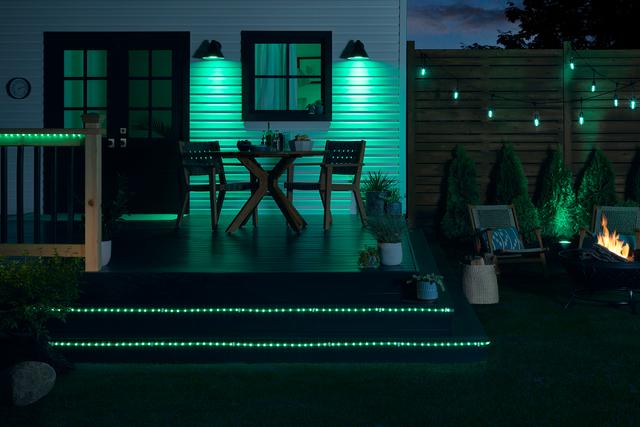With so many components to consider, light bulb disposal can seem like a bit of a chore. Whether you’re moving towards energy efficiency, replacing a burnout, or simply switching styles, old bulbs present a big question: what do I do with this? But recycling offers some undeniable benefits. We really appreciate that you’re interested in taking steps to make an eco-friendly choice, and we’re here to help make the process simple and smooth.
Why should I recycle my light bulbs?
The decision to recycle light bulbs revolves around three major factors: environmental impact, reusable elements, and legal requirements. When thrown away, bulbs may break while in the trash or landfill. Depending on the type of bulb, harmful chemicals in the filament may leak out and pollute the environment. Additionally, some parts of a light bulb may have reusable value—meaning they can be repurposed instead of discarded. In fact, some areas of the United States not only prohibit traditional disposal, but also mandate recycling by law. States that require recycling include California, Maine, Massachusetts, New Hampshire, Vermont, and Washington. If you reside in a place not mentioned on that list, we encourage you to contact your local waste collection agency to determine the requirements for bulb disposal in your area.
What types of light bulbs can I recycle?
Only certain light bulb types can be recycled. Incandescent and halogen bulbs are often considered non-recyclable. This is because their design incorporates such small portions of recyclable material that the extraction process is worse for the environment than throwing the bulb away. However, incandescent bulbs can be upcycled or repurposed into small ornaments, lamps, and crafts. It is recommended to recycle CFLs and other types of fluorescent bulbs so that the glass and metals can be reused. In fact, almost all components in a fluorescent bulb can be recycled. CFLs and fluorescent tubes that contain mercury can and should be recycled to prevent hazardous leaks into the water supply.
Neon lights, tanning bed bulbs, blacklights, and bug zappers all contain mercury. LED light bulbs often have individual disposal specifications, depending on the type. It is best to consult your local waste collection agency to ensure you’re taking the right steps for disposal.
If you’re not sure how to contact them, the Environmental Protection Agency, or EPA, has numerous resources on their website. Sources like https://search.earth911.com/ can help direct you to the proper authorities. With a quick online search, you’ll be able to sleep soundly at night knowing you’re doing your part to protect the environment!
How do I prepare to recycle my light bulbs?
When you’re ready to switch bulbs, and you’ve decided to recycle your old ones, the first step is removing the old bulb. Ensure the fixture is turned off, then carefully release the light from its fixture, either by unscrewing it or undoing any latches. It may be ideal to place a towel below the fixture to prevent breaking or minimize damage in case the bulb drops. Once you’ve removed your old bulb, you can put in the new one. To maximize your environmental do-gooding, use energy-efficient LED halogen replacement bulbs. Not only are they an eco-friendlier option, but they also might make a difference on your energy bill—and you’ll go longer without having to replace them. Once your new bulb is in place, you can recycle the old one.
Where can I recycle my light bulbs?
In most communities, there are several options for recycling old light bulbs, including tube-style fluorescents and CFL bulbs. Additionally, many home improvement, hardware, and lighting retailers may accept light bulbs for recycling.
Lowes, Home Depot, and IKEA all usually have bins to take CFL bulbs for recycling. They may take LED bulbs, but each store has their own regulations. Also note that these stores usually won’t recycle LFL tubes.
Batteries Plus accepts the largest range of lighting products—they’ll help you recycle LFL tubes, CFL lamps, and LED bulbs, plus HID, halogen, and some others.
There are also several sites you can visit if you have a specific product you’re looking to get rid of. Learn more about recycling CFLs, recycling fluorescent tubes, and recycling LEDs.
You might want to explore which mail-back programs and collection boxes which will accept your old and used bulbs for proper disposal through the postal service. If you’re unsure of whether your bulb should be recycled or where to take it, contact your local waste disposal agency to discuss legal requirements and recycling resources.
If you do have access to a neighborhood light bulb recycling program, the EPA notes that waste collection services are usually free, though some may charge a small fee. They also mention that these community programs may collect household hazardous wastes only once or twice a year, so you may have to keep your bulbs until the designated pickup day.
In this case, we recommend you have a specific box for collecting these items so that you can get them out of your house in one quick go. And because the EPA recommends sealing the bulb in a plastic bag before throwing it away, you can line a container with a grocery bag to make your disposal even more efficient. To find out how your locality handles these items, and where you may need to take them, check your local government’s site.
Though the decision may seem daunting, recycling your old light bulbs is simple and offers lasting benefits to the world around you. For additional guidance or lighting inspiration tips, reach out to our customer service line. From there, we’ll be able to help direct you to the right resources for your decision.

